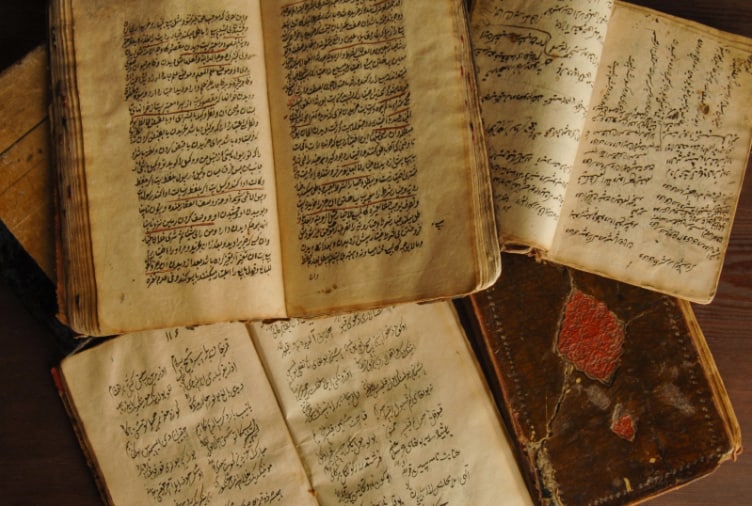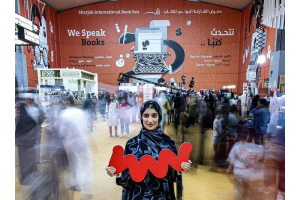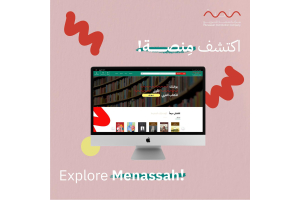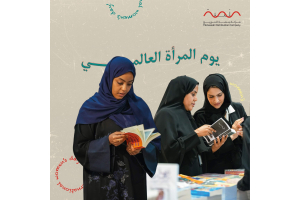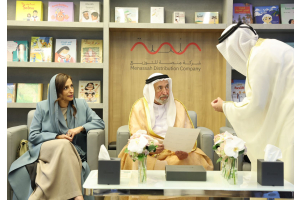It's certainly worth taking the time to savour some of the beauties of Arabic literature if you want to go a little further into the Arab world and experience another side of its rich past and culture.
For a taste of what's on offer, here are three recommendations. You don't need to learn Arabic to read them; but, once you do, you might be inclined to do so. They are all available in English translation.
1. The Chronicles of Majnun Layla by Qassim Haddad
Qassim Haddad, widely regarded as the greatest poet now writing in the Gulf, did not complete his secondary education. 1948 saw his birth in Bahrain, and he left school early to help support his family. He is both a revolutionary and a writer.
Majnun Layla is a legendary tale in Arabic literature as well as in the literature of Persia, Pakistan, and Afghanistan. The name refers to a man who has been insane as a result of his intense love for Layla. Since the ninth century, the Majnun Layla tale, with its themes of doomed lovers and warring tribes, has been a central motif in Arab literature and
performance art. It became a popular theme among Sufi poets, who interpreted Majnun's consuming desire for Layla and Layla's impossibility as a metaphor for the seeker's journey toward the sublime.
This old story is revived and reworked in Qassim's telling, freed from its puritanical and tribal framework. In his interpretation, the two lovers fulfil their love for one another free from moral or social codes. Both lovers extol the thrill of physical, undisciplined love to their friends and peers as there is a lot of flailing of limbs and intense passion. The text adheres to the custom of rhyming prose and is wonderfully crafted in fine classical Arabic. Its ideas are obviously contemporary and subversive at the same time, though.
A selection of Qassim's poetry is included in the recent translation of Majnun Layla by Ferial Ghazoul and John Verlenden. Precise, unwavering, and possessing a keen political edge, it is also well worth reading.
2. The Golden Ode of Imrul Qays
Imrul Qays, who is regarded as the greatest Arab poet ever, lived in Najd in the century before the dawn of Islam. His Golden Ode is regarded as the most magnificent illustration of the lively oral poetry of the Arabs living in the desert at the period, when Arabic was uncontaminated by other influences.
Imrul Qays is a master of description who crafts exquisite, accurate portrayals of the wildlife, mountains, clouds, and dark starry nights. He is an expert in the poetic style known as equating one animal's traits to another. His horse "canters like a young fox," gallops like a wolf, and has the thighs of an ostrich for loins." He was the first to ascribe his beloved's eyes to those of a gazelle.
These themes not only remained central to Arabic literary tradition, but they also served as the model for the ode and sonnet that are so well-known in our own. The sonnet was refined in English by Shakespeare after being celebrated and improved by the Moors in Al Andalus and introduced to France by the troubadours - a 1,000-year literary journey that started in the untamed deserts of central Arabia.
The first English translation of this poem was made by William Jones in 1782, and the most current translations were made by Paul Smith and Desmond O'Grady.
3. The Prophet by Kahlil Gibran
Despite being written in English, this piece is Arabic literature. A poor Lebanese Christian family member, Gibran immigrated to America in the 19th century. He and his companions founded the Exile School, and they produced works in both Arabic and English.
In The Prophet, a mythical character who is ready to embark on a trip delivers 26 poetic essays on the state of humanity. On the quay side, a crowd forms around him and enquires about his thoughts on various topics, including love, money, children, job, and clothing. Since it was first published in 1923, his responses have inspired readers all over the world with a spiritual, philosophical understanding of life. Though the Prophet uses English language, the expression is unmistakably Arabic: "Your children are not your offspring; they are the sons and daughters of life's thirst for itself." The Prophet counsels, "Love one another, but do not create a bond of love." Instead, let it be a sea that moves between the coasts of your souls.
These lovely, serene, yet stirring reflections transcend beyond cultural divides. The Prophet is one of the all-time top books and has been translated into 40 different languages.
Conclusion
Thanks to the work of the translators, who implement the important task of conveying literature across linguistic barriers, much of Arabic literature is now accessible. Through the insights it offers and the delight it brings, translation is the pinnacle of cross-cultural work and is vital to building stronger interpersonal relationships.
If journalism and history describe the ordinary, waking lives of nations, then literature captures their aspirations and anxieties. The desires and drives, passions and thrills that propel us. We all become remarkably similar when we read literary works from diverse cultures. It’s beautiful how much John Keats and Imrul Qays have in common with regards to beauty, love, and truth!
